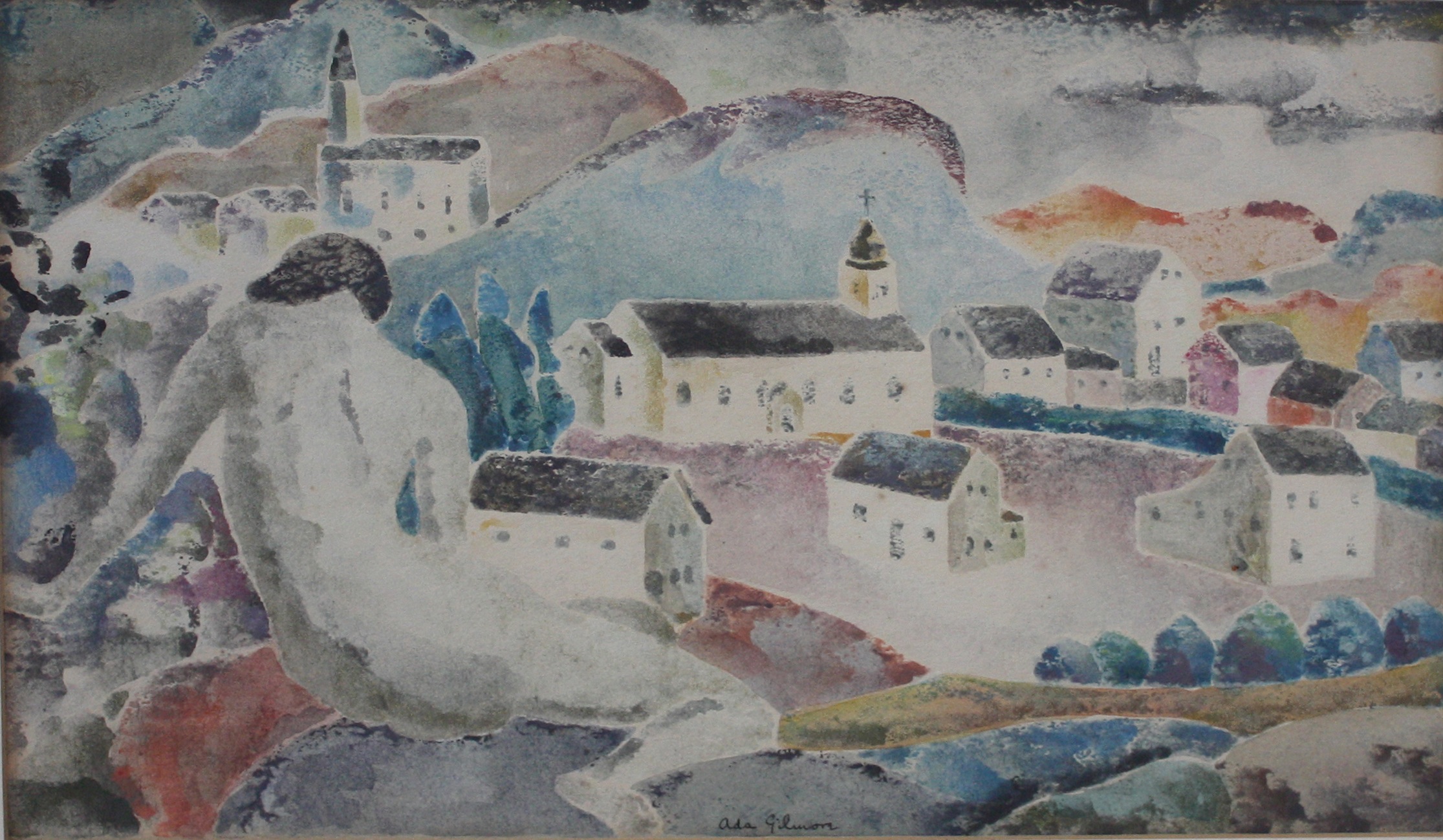This is Ada Gilmore's Above the Village
The Block Party:
The Exhibit Collection
Arthur Wesley Dow began travelling to Japan to study block print traditions and was exhibiting block prints in Boston by the late 1890s. Swedish/Chicago artist Bror Nordfeldt was busy studying in England with another woodblock pioneer, Frank Morley Fletcher. By 1901, Bror began collecting international awards for his block prints. It was not long before a parade of inspired students began emerging from Dow's Pratt Institute classrooms in Brooklyn, New York, most importantly, Edna Boies Hopkins.
As you can see through this exhibit, early on, Nordfeldt, Boies, Lindenmuth and somewhat Dow, present a more conservative color palette, the moody linoleum prints of Tod Lindenmuth are a direct descendent of that styling. The stunted tones did not last long.
In 1913, Mildred McMillen and Ada Gilmore arrived in Paris from Chicago where they joined forces with American children's book illustrators, Ethel Mars and Maud Squire, who had developed a two block method for color woodcuts. Mars studied under Boies who had studied under Dow. McGilmore now begin their study under Mars.
The convergence of Chicago, Paris, Boston, Japan, Appalachia transpires in Provincetown, Massachusetts in the spring of 1915. It was kind of like when half way through the Wizard of Oz, the film shifts from black and white to technocolor.
Mars, Squire, Gilmore, McMillen, Nordfeldt, one Juliette Nichols and Oliver Chaffee would all brave the Provincetown winter of 1915-16. Chaffee would teach Blache Lazzell the art in 1916.
In February of 1916, at the Art Institute of Chicago, a group of twelve women, eight men, under the lead of Gustave Baumann, were billed as, "and this is the first collection of its kind ever put on show in this country." It featured Nordfeldt, Dow, McMillen, Hopkins, Mars, Lindenmuth & Nichols.
Coming soonly: Gustave Baumann. Mary Walker. Oliver Chaffee. Max Weber. Bill Evaul. Karl Knaths. H. Brooks Whelan, Sr. & more.
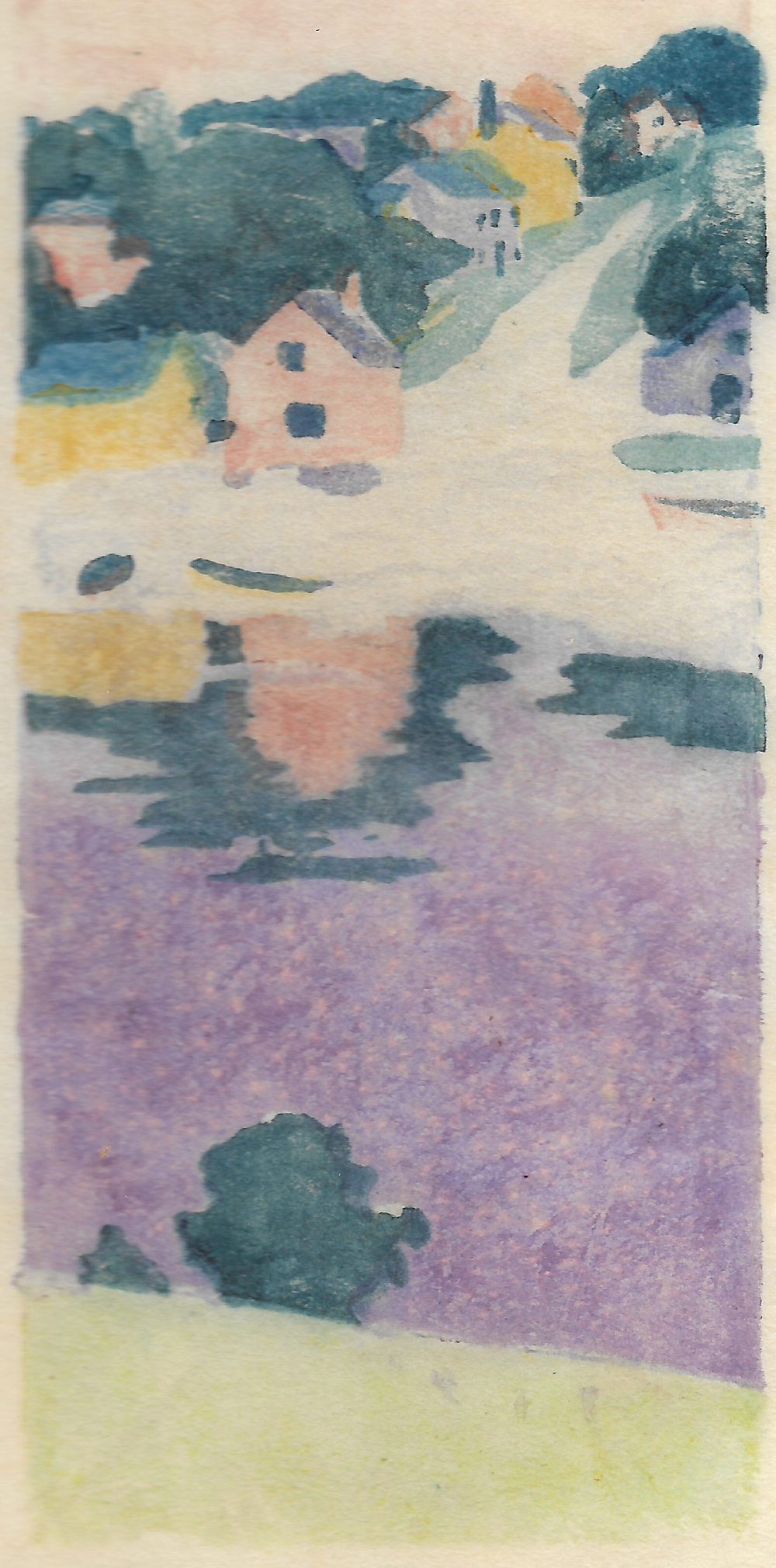
Arthur Dow was the American pioneer of block print who mentored a core member of Provincetown Printers at Pratt Institute in Brooklyn, New York. His early trips to Japan where followed by Edna Bel Boies.
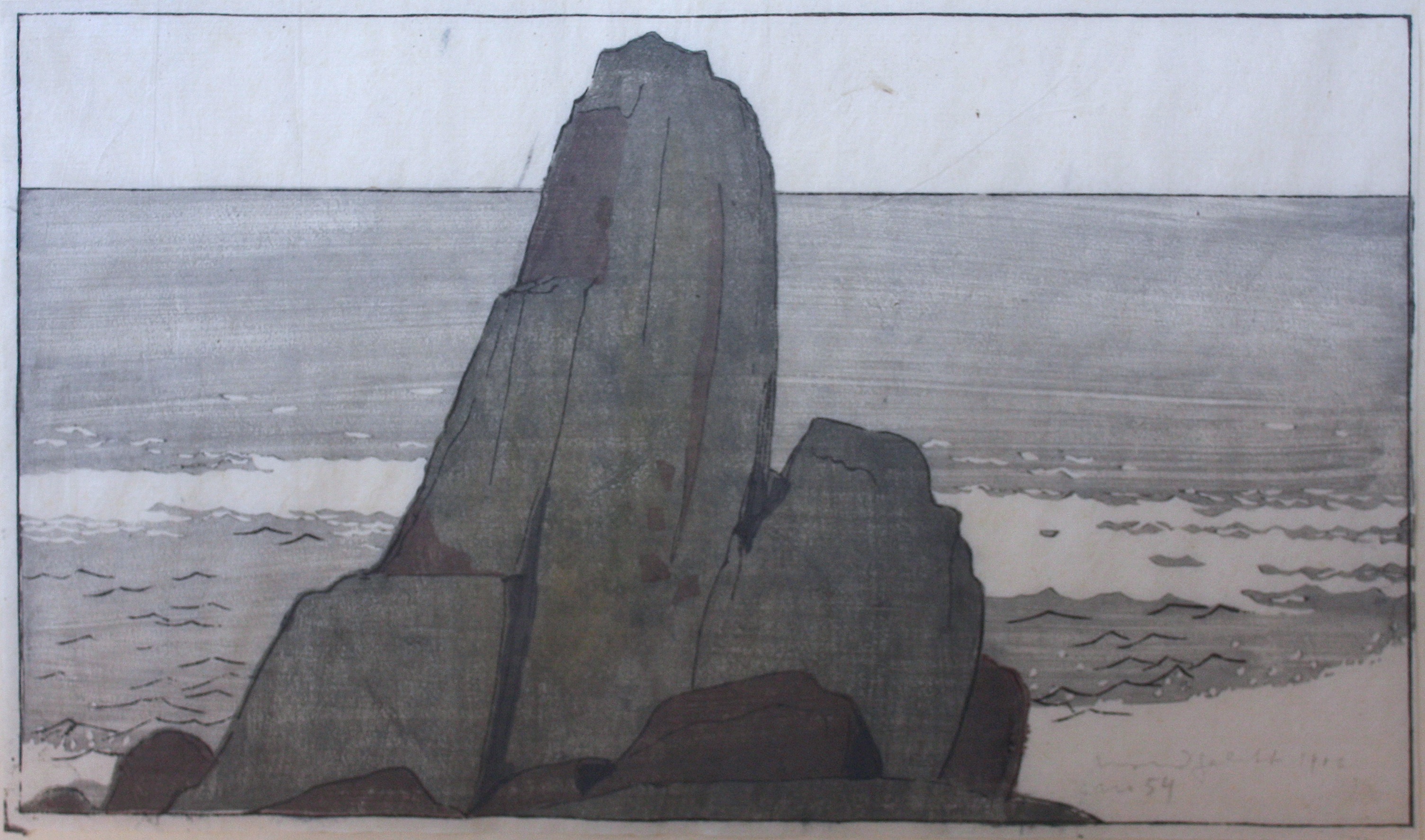
Bror Nordfeldt travelled to Europe with Bert and Mary Heaton Vorse in 1909 before he was seduced back to their Provincetown lair. He is very much considered a Chicago artist from where he settled from Sweden. He was in Provincetown around the fray of the Cultural Moment. He was hands on at the inception of the Players. He then followed Mabel Dodge to settle Taos, New Mexico though he returned to serve as a jurist in the early years of PAAM. He introduced the ukiyo-e printmaking method to America. Acknowledged by Arthur Dow as the only other artist in America employing the method.
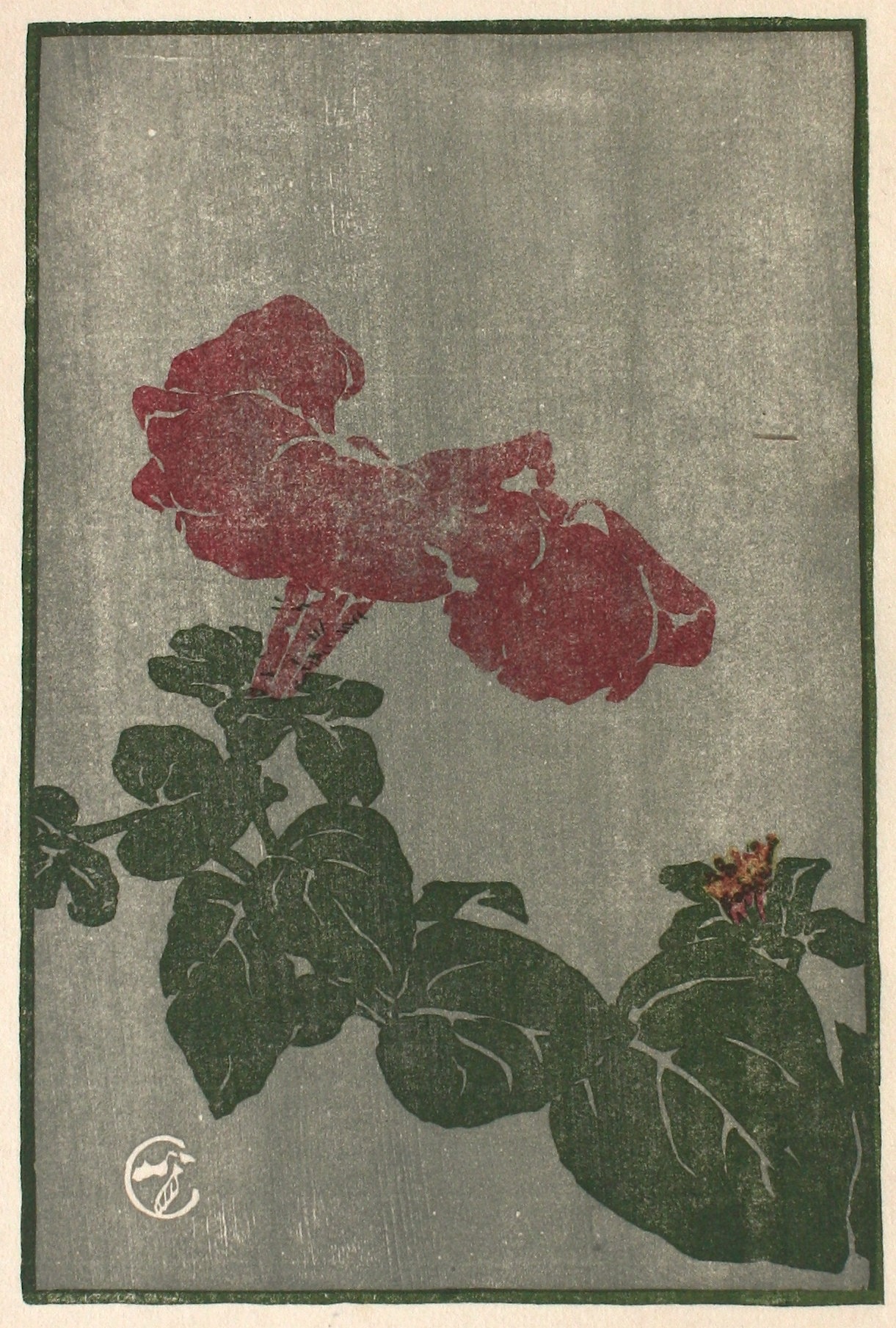
"The most important part of the process is the printing which is done on moist paper with watercolors. The ink or color is applied with a brush, and the printing effected by pressure. To this procedure much of the beauty of the result may be attributed." Edna Boies Hopkins. Scrapbook. November 1902 - April 1903. The Chicago critics raved, "Mrs. Hopkins had twelve flower pieces, conventionalized renditions of garden flowers. They were good examples of real color printing and technically among the best prints."
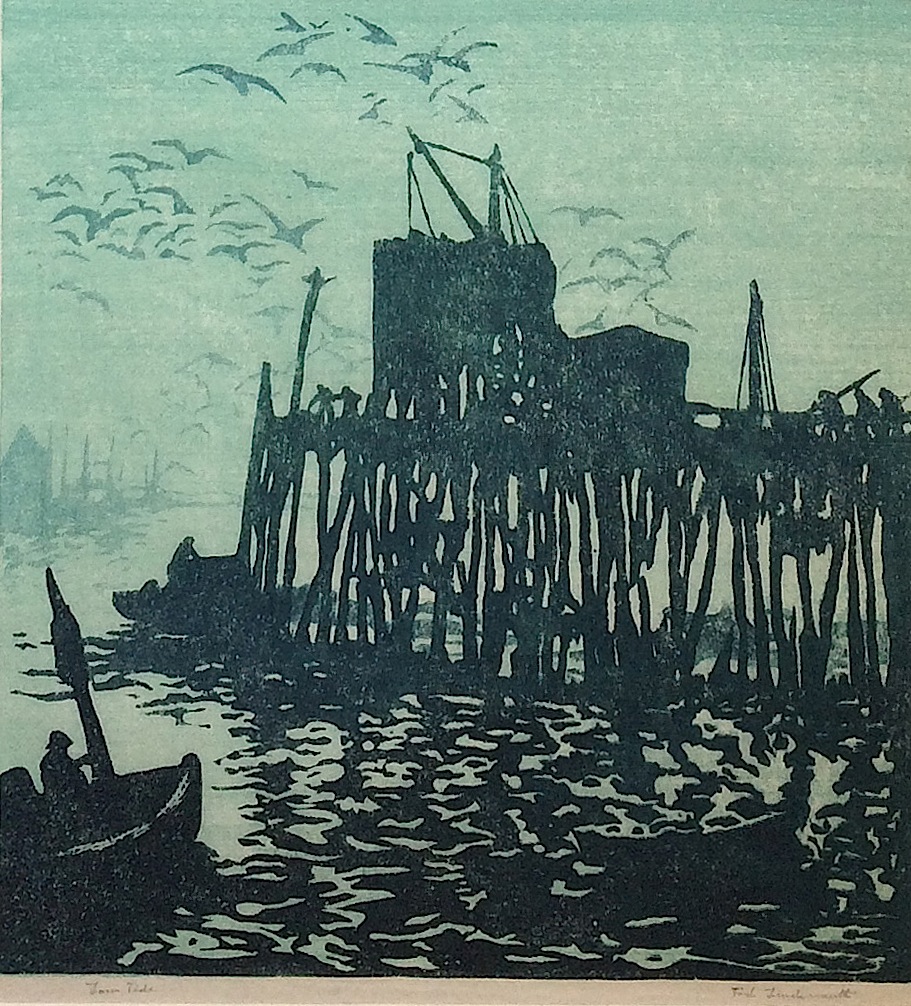
Tod Lindemuth is considered to be a semi-abstract painter and graphic artist whose work focused on promoting modernist styles. He was one of the founders of the Provincetown Art Association, and also one of the original Provincetown Printers. Although he was greatly influenced by Abstract Expressionism, his subject matter was realistic enough to be recognizable. He was one of the first artists who experienced with linoleum cut, and towards the end of his life, he also experimented with collage.
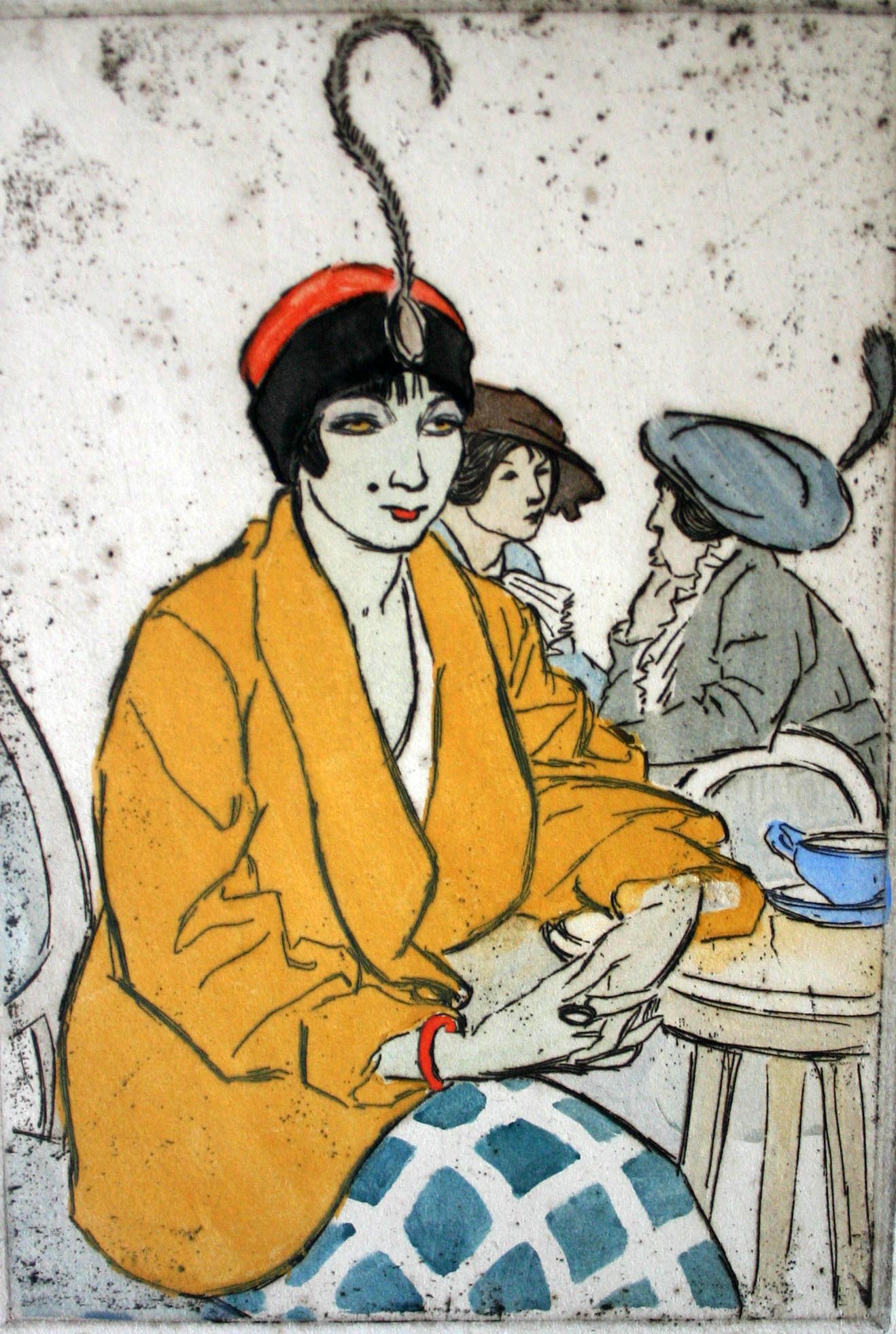
Maud Squire was half of the dynamic duo whose early illustration work paved the way for the Provincetown Printmakers. She was also half the inspiration behind Gertrude Stein's Miss Furr & Miss Skeene.
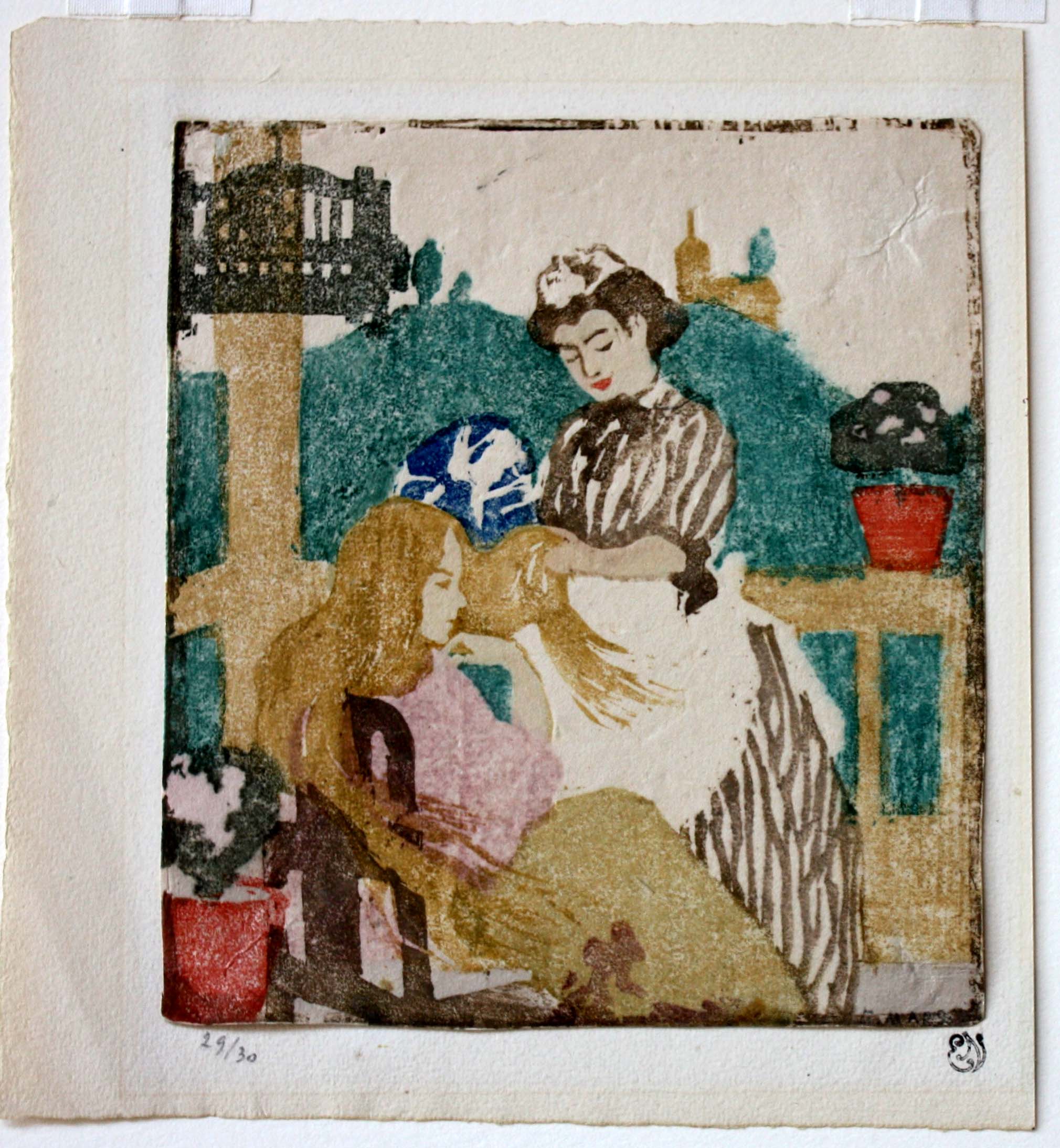
It is this method that Edna Hopkins followed in making her prints; however, Ethel Mars saw the possiblity of making prints less in the Japanese art spirit and merely used their technique in cutting the wood -- the resulting pictures of Paris cafe and street life in brilliant colors were starling and received much attention in Paris exhibitions. Blanche Lazzell - Pilgrim Memorial Assoc. 1989)
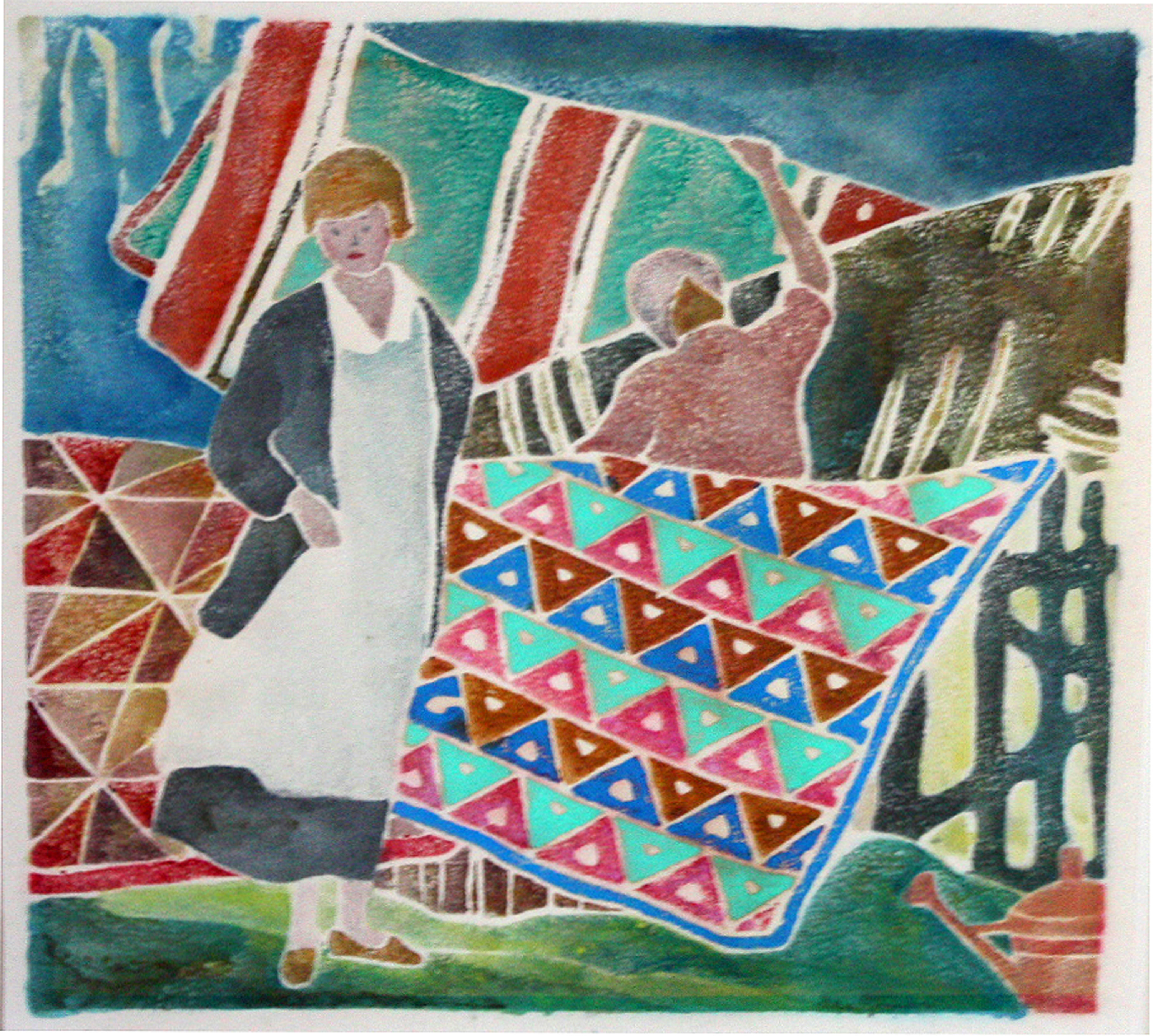
Ada Gilmore embraced the white-line woodblock process for little more than a decade, but during that time created prints with a distinctive style.She rendered the subjects with a silvery palette and soft contours produced by her particular printing method. Her charming images of life in Provincetown are infused with a quiet, pensive quality that alludes to more profound subjects. (Mary Ryan Gallery - NY - 1988.) Ethel Mars taught the multiblock method to Ada Gilmore Chaffee.
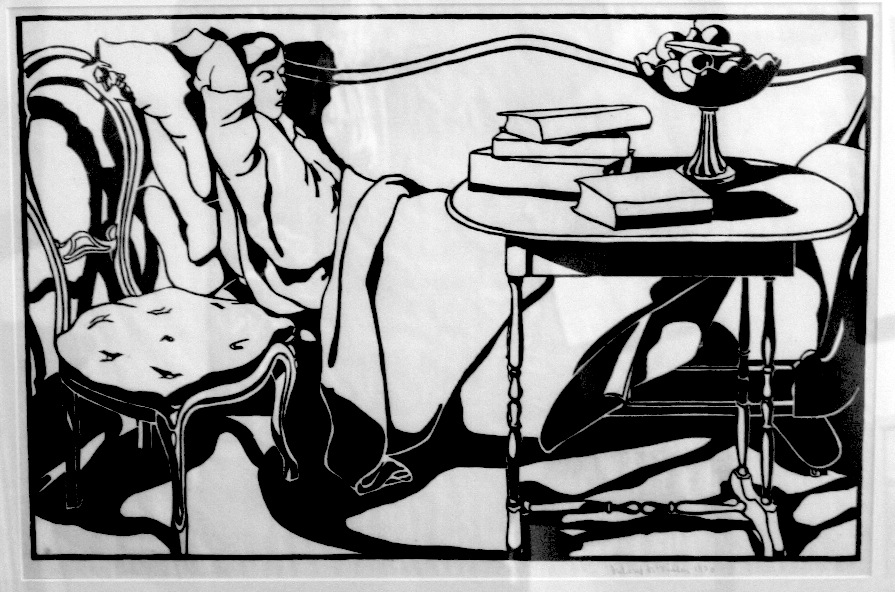
Dolly McMillen was Ada Gilmore's long time partner in crime. She was the only of the original four founders to stick with the black & white format.
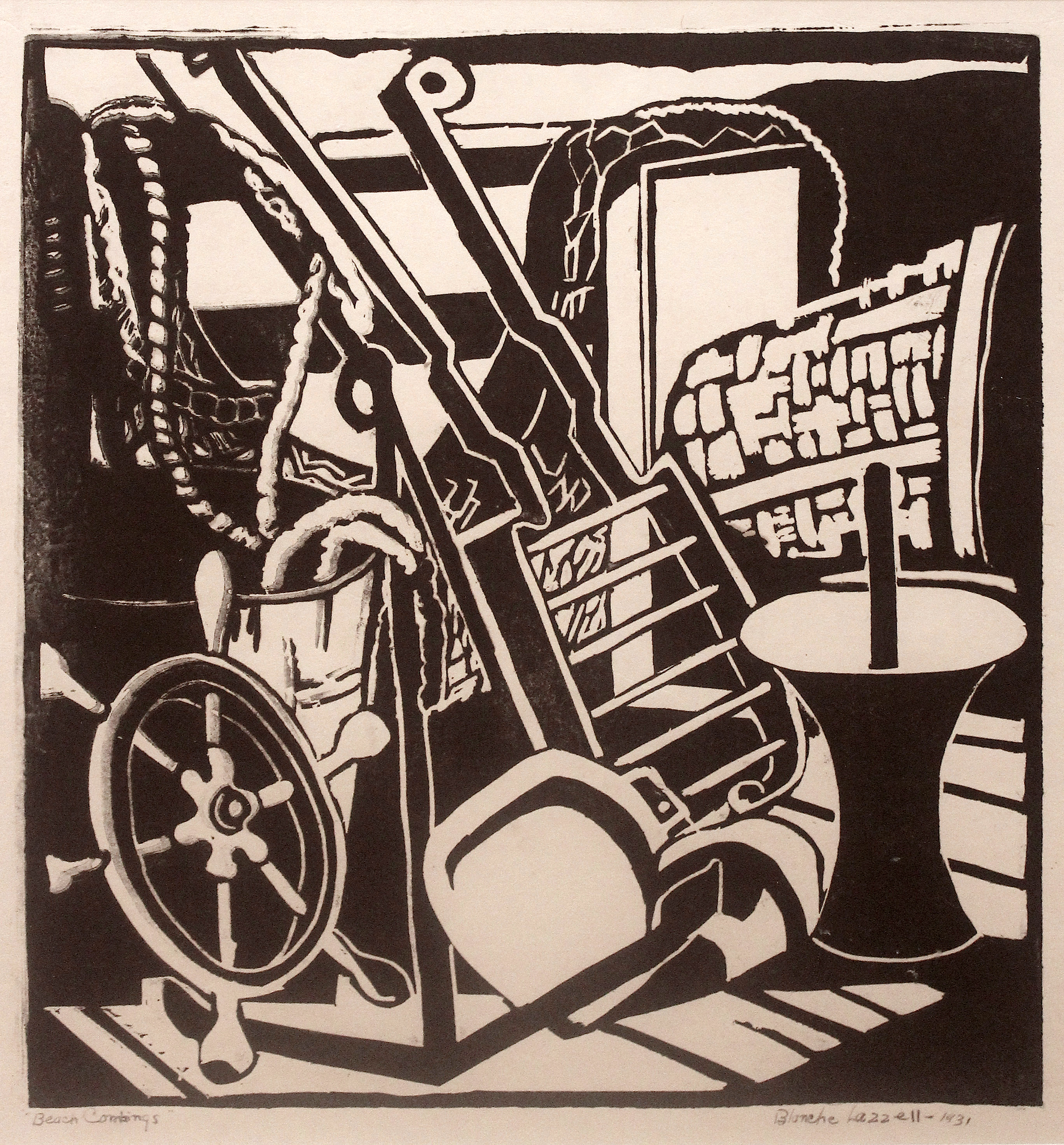
"Originality, simplicity, freedom of expression, and above all sincerity, with a clean cut block, are characteristics of a good wood block print " Blanche Lazzell - 1930
While Lazzell is most well known for her white-line woodcuts, she also created ceramics, hooked rugs, paintings, and gouache studies. She was among the earliest women artists in the United States to work in a modernist style.
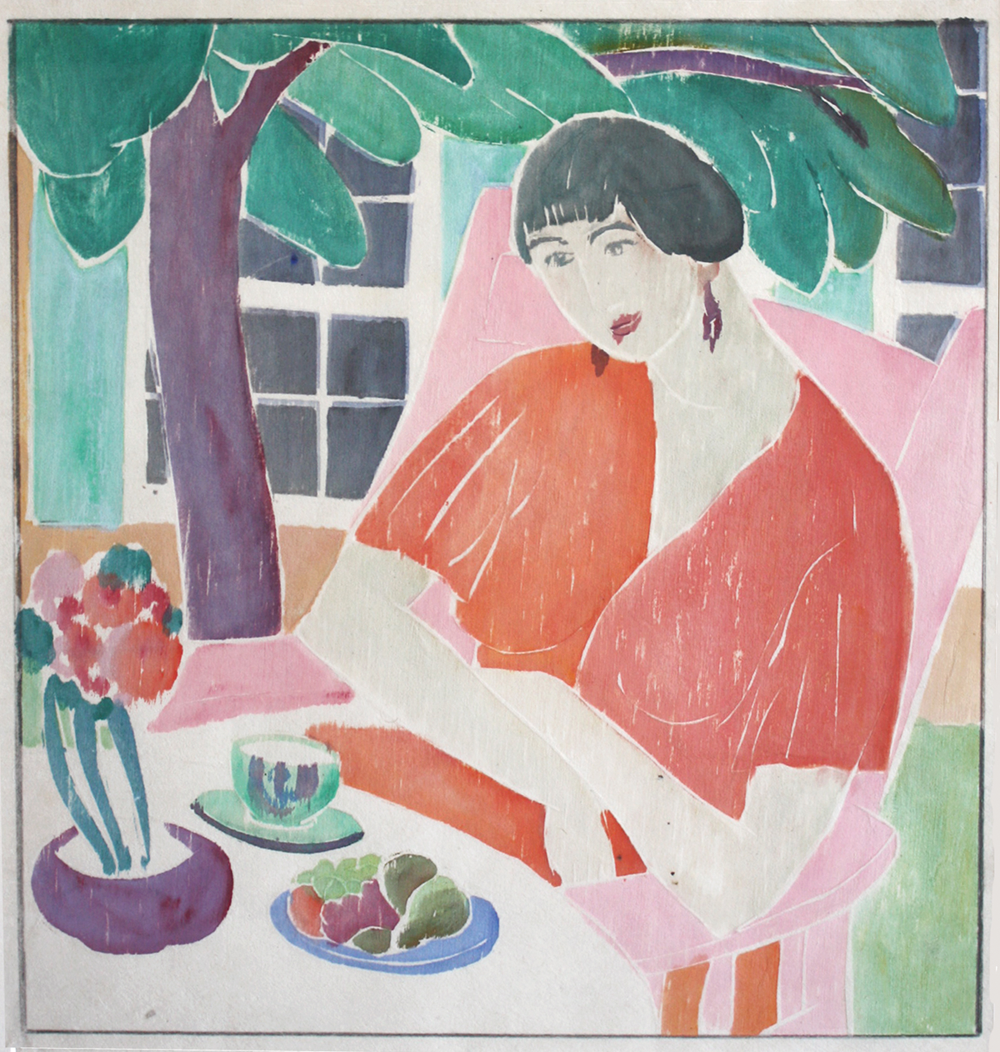
"One day he suprised the others by exhibiting one block, with his complete design on that, instead of parts of it being cut on five or six blocks. He had cut a groove in the wood to seperate each color and, in printing this, left a white line which emphasized the design. With his invention he had produced a more beautiful picture and eliminated much work. Immediately, wood block printing was revolutionized. Being able to see the complete picture on one piece of wood, like a painting on a canvas, gave new possibilities for creative work in that medium." - Ada Gilmore - Provincetown Advocate - 1952
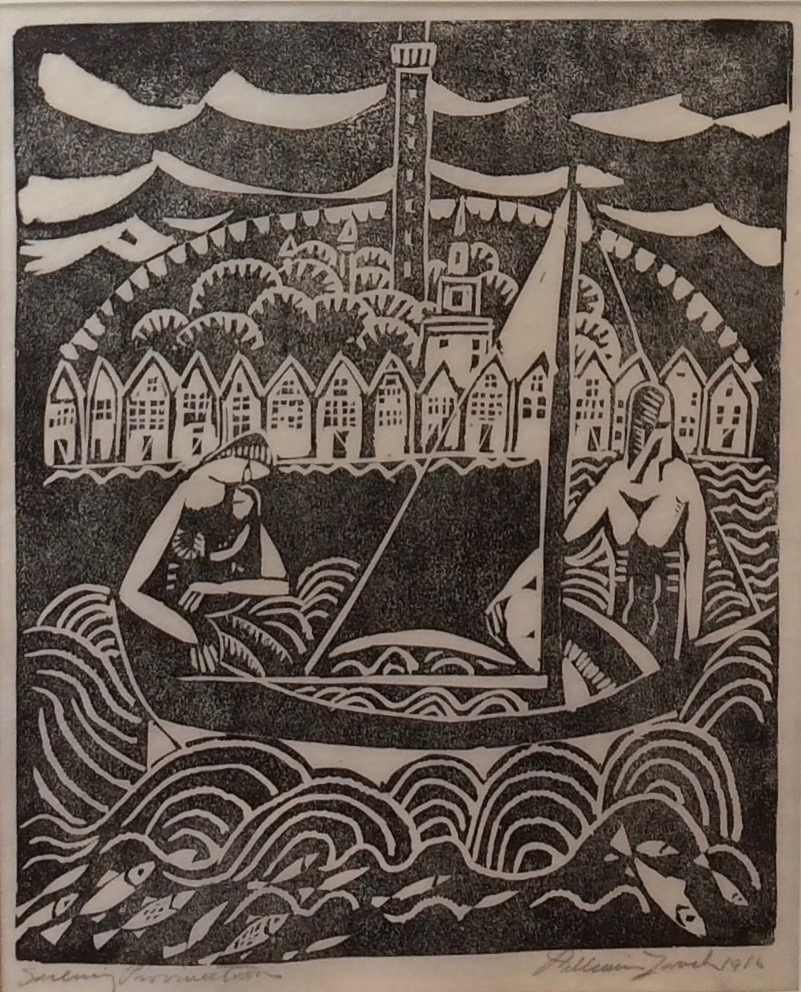
William Zorach (bio pending)
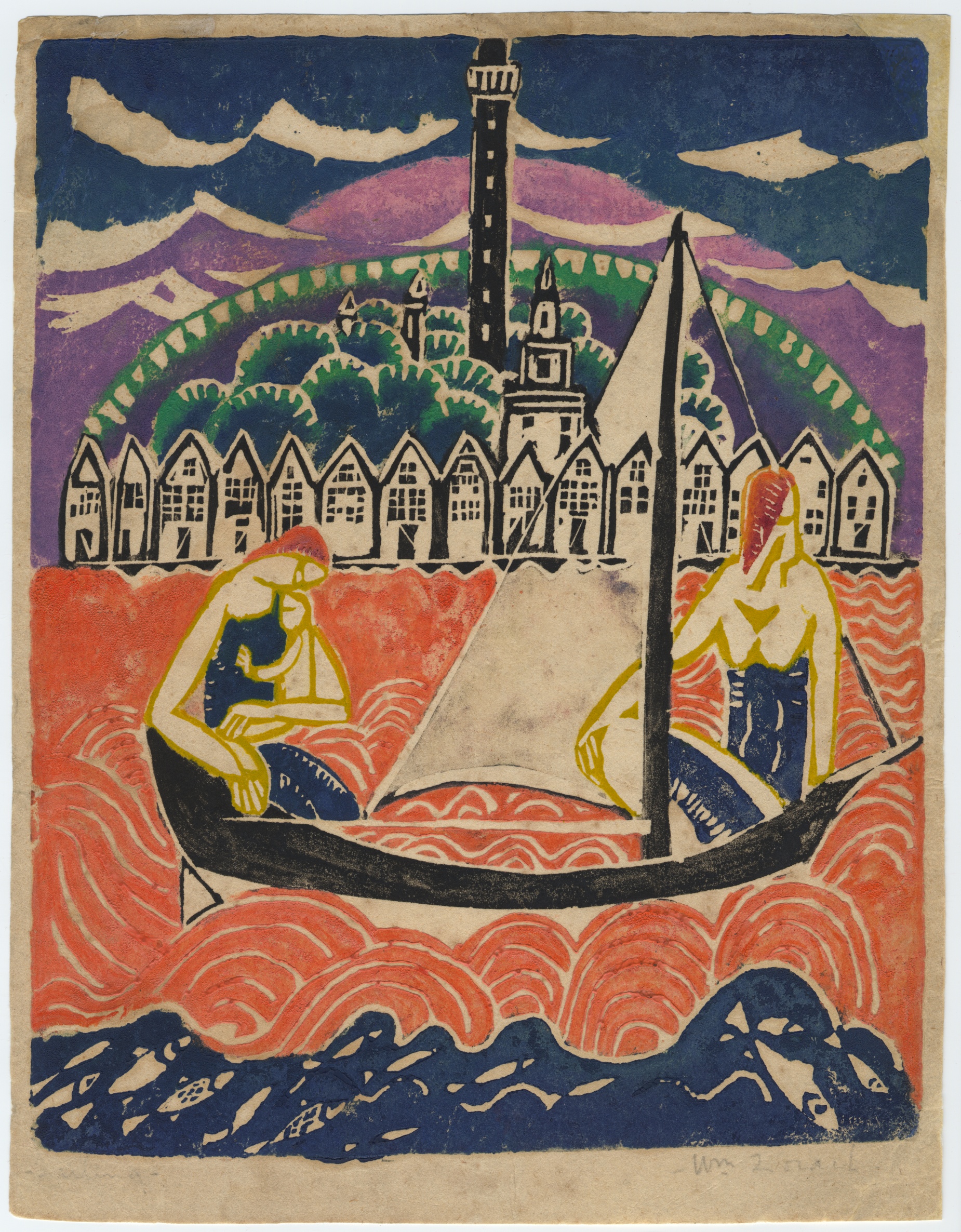
William Zorach (bio pending)

Click here to Return To The Table of Contents

